For small business owners, nothing is more daunting than dealing with numerous customer complaints! Complaints can stem from issues you might anticipate or from completely unexpected sources. 91% of customers unhappy with a brand will leave the brand without even complaining— Salesforce. And Bill Gates also said, "Your most unhappy customers are your greatest source of learning." In the competitive business environment, knowing how to effectively handle angry customers and turn crises into opportunities is essential. This article will guide you on how to properly address customer complaints with the right attitude and techniques, helping you not only resolve issues but also potentially gain loyal customers and boost your sales through effective customer interactions.

Why Do Customers Complain?
The answer is simple: when the service or product fails to meet the customer's needs or expectations, complaints arise. It's important to note, however, that "a customer complaint does not necessarily mean there is a problem with the brand." Sometimes, complaints might be due to malicious attacks by competitors or unreasonable demands from customers. Therefore, before addressing customer complaints, consider these three key points to determine the appropriate response:
Understanding:
Sometimes, customers lack a proper understanding of the product or service they purchased, leading to misunderstandings and ineffective complaints. In such cases, businesses should respond with patience and explain the situation clearly, helping customers resolve their issues. This not only addresses the customer's problem but also fosters high customer loyalty.
Reasonableness:
Evaluate whether the customer's suggestions and compensation requests align with the brand's standard practices and whether the requested compensation is fair. If the customer's demands are unreasonable, respond in a fair and rational manner to prevent further complaints.
Developmental Value:
Assess whether the customer's suggestions contribute to the company's growth. Analyze past customer behavior data to determine the value of the feedback. If the feedback is not beneficial for the brand's development, do not blindly satisfy the customer's requests.
Based on these points, if a customer's complaint is reasonable and legitimate, identify the part of the shopping process that caused their dissatisfaction. Complaints can arise from various stages of the purchasing process, such as order errors, unclear product descriptions, or delayed deliveries. Both foreseeable and unforeseeable issues can lead to complaints. Therefore, effectively minimizing the chances of these issues occurring will help ensure a smooth and satisfactory shopping experience for your customers on your online store.

5 Common Customer Complaints in Online Business
Customer complaints come in various forms, so online shop owners need to think more carefully about customer expectations and put themselves in the consumer’s shoes to better align their online stores with these expectations. Below, we will detail five common triggers for complaints during the shopping process:
1. Discrepancy Between Product Descriptions and Images
"I want to return this item because the size doesn't fit." "This doesn't look like what I saw on the online store!" "This is misleading!"
These are common complaints in the e-commerce world, and it’s an issue that all online businesses will encounter. When faced with such situations, it’s essential to think from the consumer’s perspective: imagine you spent a lot of time searching for what seemed like the perfect item on an online store, eagerly waited several days for it to arrive, only to find that the size is wrong or the color is different. Wouldn't you be disappointed?
In other words, whenever a product does not meet customer expectations, it easily becomes a reason for complaints. To avoid such situations, the best approach is to present products as accurately as possible in descriptions and images, with as much detail as possible. You can include size charts, fitting reports, product specifications, and other detailed information in the product description. Additionally, include multiple detailed images of the product. Unclear product images can mislead customers and become a cause for complaints. Therefore, store owners not only need good photography skills but also must consider presenting the product’s authenticity. Avoid excessive photo editing and color correction to help your customers choose products that truly match their expectations.
2. Website Technical Issues
"The page keeps freezing during checkout!" "The website keeps showing errors; I can't place my order!" "I filled in my details, but it failed to process!"
Technical issues with the website are one of the most common sources of customer complaints in online shopping. Customers expect a seamless shopping experience, and encountering problems like page freezes, system errors, or payment failures can lead to frustration and even abandonment of their carts.
To prevent these issues, online store owners should address several key areas. First, optimizing website performance is crucial. Ensure your website is fast and stable to avoid interruptions that can negatively impact the shopping experience. Conduct regular performance tests to identify and resolve potential bottlenecks. Secondly, perform routine system maintenance to keep your website updated and fix any potential technical issues.
Additionally, offering multiple payment options is essential to ensure customers do not encounter problems during checkout. Finally, set up an automated customer service system and provide 24/7 technical support to promptly address any technical issues customers might face during their shopping experience.

3. Unpleasant Online Shopping Experience
"It's so hard to navigate! I can't find what I'm looking for!" "There's too little information about the brand. Is this a scam site?"
Imagine if your online store were a physical shop: if it were dimly lit, cluttered, and poorly organized, would you want to shop there?
An online store must provide a seamless shopping experience to ensure customers feel secure and happy while browsing. Ensure your homepage is tidy and well-organized, with clear category directories and straightforward product classifications. This helps customers easily find what they are looking for, significantly boosting their satisfaction with the shopping experience.
4. Poor Product Quality
"This product is of terrible quality!" "It broke after just two uses. What should I do?" "This is nothing like what was advertised!"
Poor product quality is another frequent trigger for customer complaints. Customers expect products to meet the quality standards described. If the actual product falls short, dissatisfaction is inevitable.
To avoid such situations, focus on several key aspects. First, maintain strict quality control. Choose reliable suppliers and conduct quality checks before listing products to ensure they meet the described standards. Secondly, provide detailed product guarantees, including warranty policies and return/exchange procedures, to reassure customers. Additionally, promptly address complaints by offering reasonable solutions like returns, exchanges, or refunds.
To improve logistics management and customer satisfaction, consider investing in an efficient label printer for small business. These thermal label printers can quickly and accurately print shipping labels and address labels, reducing errors and complaints. High-efficiency label printers can print multiple labels per minute, support various systems and software, and are easy to operate, making them ideal for handling large volumes of orders and packages.
Using a high-quality label printer for address labels and shipping labels not only boosts operational efficiency but also ensures clear and accurate package labeling, giving customers confidence in the shipping process. These measures can effectively reduce complaints and enhance the overall shopping experience.
5. Complicated Return and Exchange Process
"Can I return this product?" "The return process is too complicated!" "Why hasn't my refund arrived yet?"
Unclear return and exchange policies are a common source of customer dissatisfaction. Shoppers want clear assurances about return and exchange options. If the policies are unclear or the process is too complicated, it leads to unease and frustration.
To prevent this, clearly display return and exchange terms on your website, ensuring customers understand the specific procedures. Design straightforward return and exchange steps that are easy to follow. Provide a detailed return and exchange guide on your site and set up a dedicated customer service team to answer any questions customers may have.
Strategies for Handling Customer Complaints
Let's go back to the quote at the beginning of the article: "Your most unhappy customers are your greatest source of learning."
Don't let customer complaints hinder your brand's growth. Instead, view them as opportunities to improve. Review past complaints and identify areas for learning and improvement.
When you receive a complaint, shift your perspective. Customers don't complain to attack you; they seek solutions. Sometimes, the issue may not be your fault, but you must take responsibility and help resolve it.
We recommend establishing a brand response protocol to ensure consistent, professional replies to customer complaints. Here are three common scenarios with corresponding strategies for handling them effectively:
Method 1: Proactively Identify and Resolve Issues
When you notice an error with an order, don't hesitate—contact the customer immediately! If appropriate, offer a special discount to apologize and prevent a minor mistake from leaving a negative impression. Most customers appreciate timely responses and may even leave positive reviews.
For example, a grocery store owner received complaints about insufficient quantities and poor packaging. Although the customer initially refused compensation, they placed another order later. The brand included extra samples in the package and proactively checked if everything was satisfactory. Despite remaining critical, the customer appreciated the gesture, wrote positive reviews, and even recommended the brand to others.
This example shows that building a proactive relationship with customers can win their loyalty. Based on this proactive approach, consider including the following in your response messages:
- First, thank the customer for their patronage.
- Explain the mistake and its cause in detail.
- Apologize sincerely and offer a compensation method.
- If offering a discount, clearly explain how to use it and any conditions.
- Provide contact information for any further queries.
Method 2: Positively Handle Complaints
When a customer expresses dissatisfaction, address their issues quickly and accurately. Negative experiences often get shared widely, so it's crucial to mitigate them before they spread.
The best approach is to avoid excuses. If the complaint is reasonable, acknowledge the customer's perspective as valid. Show empathy and respond positively to their concerns. Here's a sample response:
“Dear Customer,
Thank you for your feedback. We sincerely apologize for [issue]. We understand your frustration and have [explained solution].
We hope to see you again at [Your store name]. Thank you for your support. If you have any questions, please contact us anytime!”
Addressing issues with a positive attitude, regardless of the customer's reaction, ensures that customer service remains professional. For those unwilling to accept apologies or solutions, continue to communicate and assess their demands' reasonableness to prevent escalating, unreasonable requests.
Method 3: Replace Excuses with "Thank You"
Sometimes, customers raise issues that are challenging to resolve immediately, such as product nature or logistics problems. However, maintaining empathy and an open attitude can turn these into valuable learning opportunities.
In addition to the positive responses mentioned earlier, seek customer suggestions to better understand their needs. People appreciate feeling valued, which can gradually improve their perception of your brand.
You might say: "Thank you for your valuable suggestion. I have shared your thoughts with our team. We sincerely hope you visit us again. If you have any more suggestions, please contact us anytime!"
Record their feedback and evaluate its potential for brand development. If the feedback is helpful, it becomes a valuable resource; if not, it still provides insights into customer concerns, allowing you to enhance your About Us or FAQ pages, thereby improving overall customer service quality.

Summary
While it's impossible to prevent all issues customers might encounter with your products or services, building a long-term, trust-based relationship requires effectively handling complaints. View complaints as opportunities to make amends, restore trust, and prevent larger disputes. Treat them as chances to improve and enhance customer relations.
By adopting these strategies and utilizing a customer management system with membership tiers, you can develop a comprehensive customer service process and gradually cultivate loyal brand advocates. From today, your online store's customer satisfaction is poised for significant improvement!

 Phomemo PM241-BT Bluetooth Shipping Label Printer
Phomemo PM241-BT Bluetooth Shipping Label Printer
 Phomemo M832 Upgrade Thermal Portable Printer
Phomemo M832 Upgrade Thermal Portable Printer
 Phomemo T02 Inkless Mini Printer
Phomemo T02 Inkless Mini Printer
 Phomemo M220 Bluetooth Portable Thermal Business Label Maker
Phomemo M220 Bluetooth Portable Thermal Business Label Maker
 Phomemo D30 Portable Bluetooth Home Label Maker
Phomemo D30 Portable Bluetooth Home Label Maker
 Phomemo Thermal Portable Printer M832D Upgraded Direct Touchscreen
Phomemo Thermal Portable Printer M832D Upgraded Direct Touchscreen
 Phomemo Instant Camera K22 Dual-Lens Camera for Kids
Phomemo Instant Camera K22 Dual-Lens Camera for Kids
 For K22
For K22
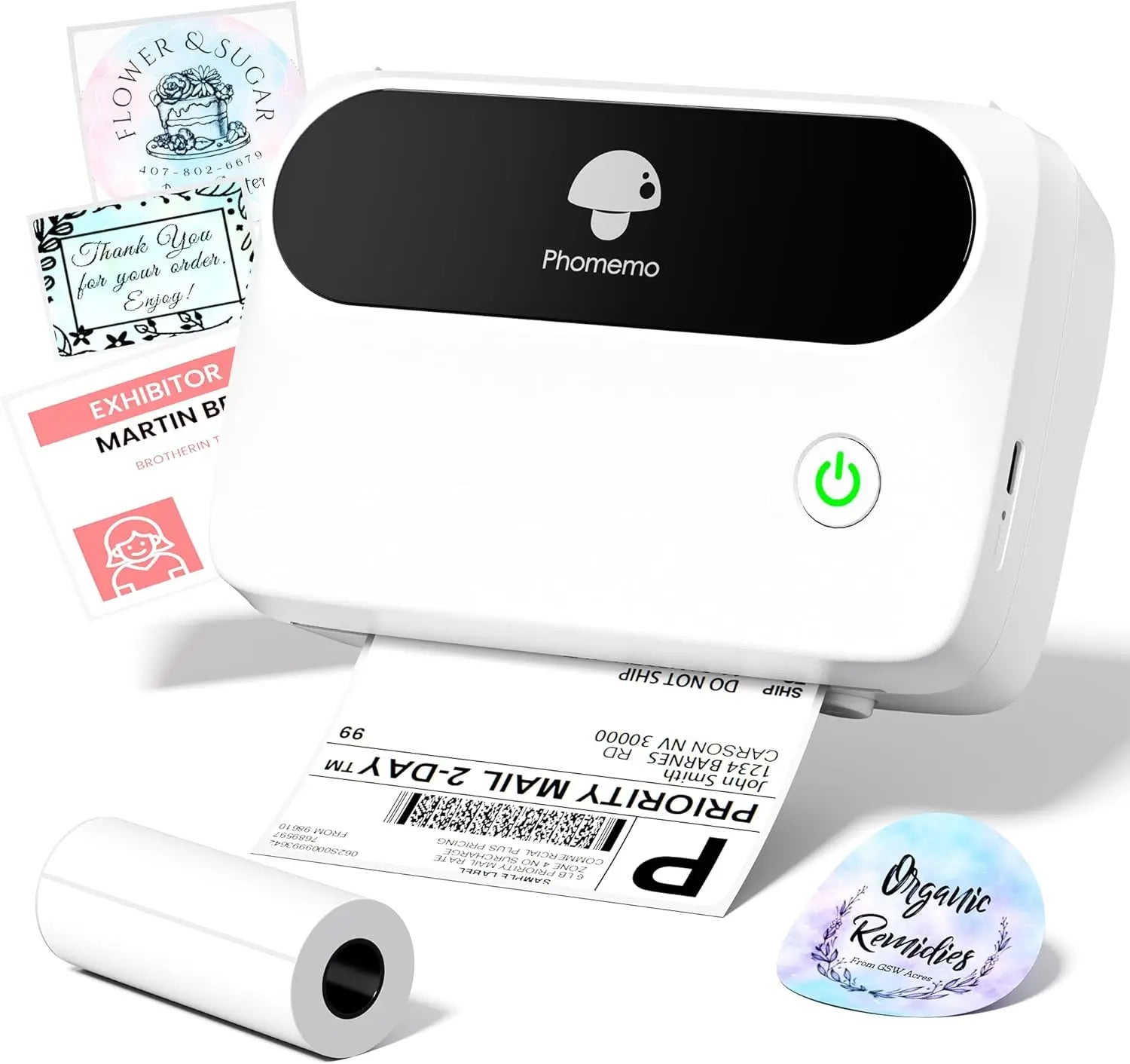 Phomemo Thermal Label Maker M421 Bluetooth Portable Business
Phomemo Thermal Label Maker M421 Bluetooth Portable Business
 Phomemo Instant Camera P02 Kids Camera Bluetooth Instant Print
Phomemo Instant Camera P02 Kids Camera Bluetooth Instant Print
 Phomemo D30 Gray Bluetooth Label Maker & 5 rolls of labels (Option: Storage Bag)
Phomemo D30 Gray Bluetooth Label Maker & 5 rolls of labels (Option: Storage Bag)
 Phomemo M02 PRO Mini Printer Gift Set
Phomemo M02 PRO Mini Printer Gift Set
 Phomemo T02 Inkless Mini Printer Gift Set
Phomemo T02 Inkless Mini Printer Gift Set
 Phomemo M220 Bluetooth Label Printer Gift Set
Phomemo M220 Bluetooth Label Printer Gift Set
 Phomemo M02 Mini Printer Gift Set
Phomemo M02 Mini Printer Gift Set
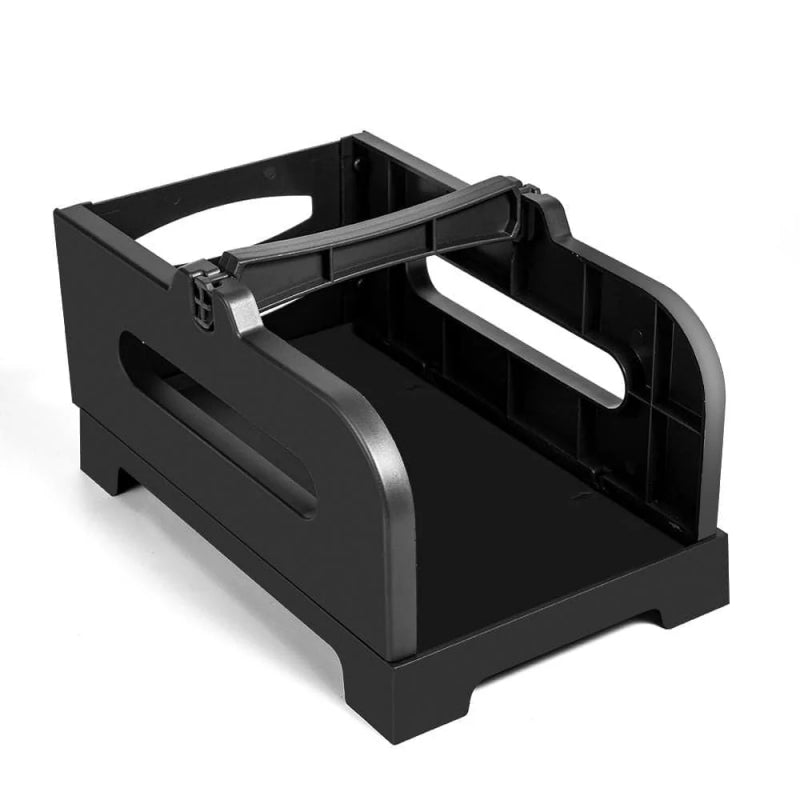 Accessories
Accessories
 Storage Bag
Storage Bag
 Storage Box
Storage Box
 Phomemo Large Hard Shell Machine Storage Bag
Phomemo Large Hard Shell Machine Storage Bag
 Phomemo Paper Holder for T02/M02/M02S/M02PRO/M03AS/M04AS/M04S
Phomemo Paper Holder for T02/M02/M02S/M02PRO/M03AS/M04AS/M04S
 Phomemo M02 Inkless Mini Printer
Phomemo M02 Inkless Mini Printer
 Phomemo M03 Bluetooth Mini Printer
Phomemo M03 Bluetooth Mini Printer
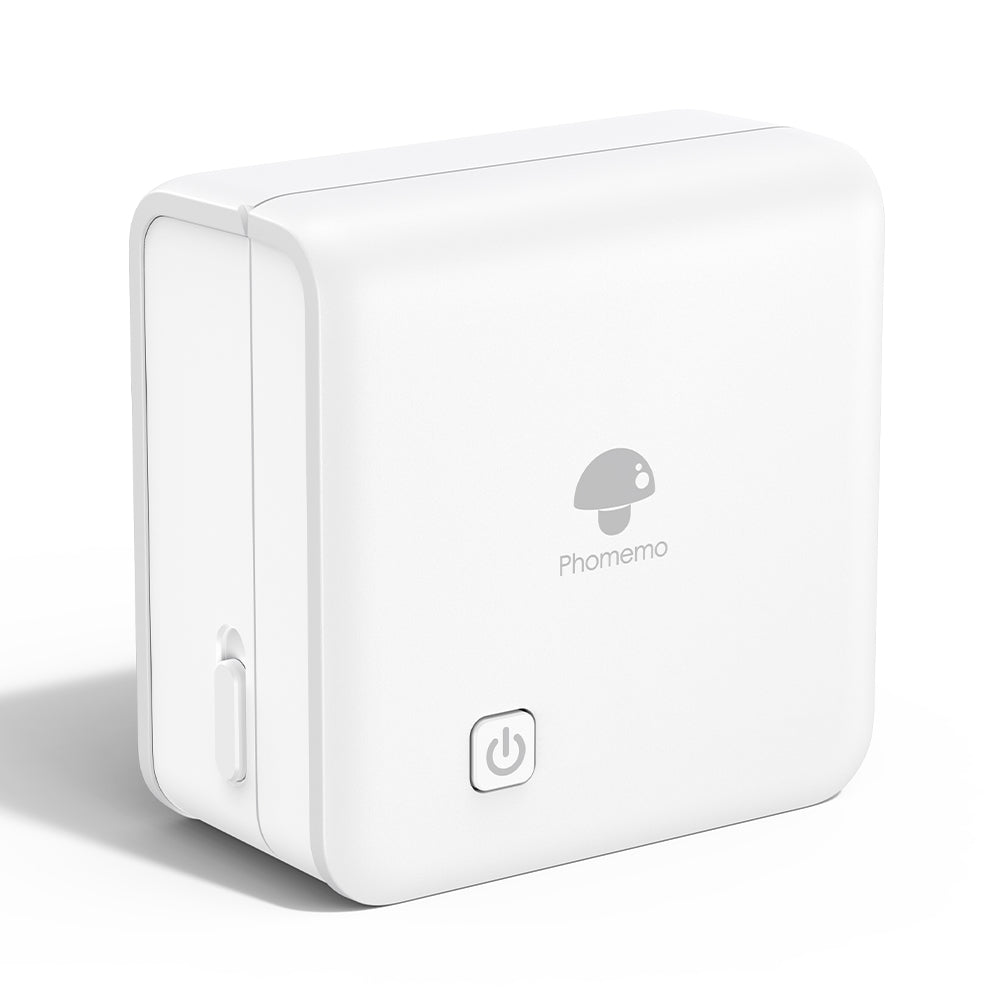 Phomemo M02 PRO Bluetooth Mini Printer
Phomemo M02 PRO Bluetooth Mini Printer
 Phomemo M04AS Mini Thermal Printer
Phomemo M04AS Mini Thermal Printer
 Phomemo P12 Portable Bluetooth Home Label Maker
Phomemo P12 Portable Bluetooth Home Label Maker
 Phomemo A30 Portable Home Label Maker
Phomemo A30 Portable Home Label Maker
 Phomemo P15 Vintage Home Label Maker
Phomemo P15 Vintage Home Label Maker
 Phomemo Q30S Mini Home Label Maker
Phomemo Q30S Mini Home Label Maker
 Phomemo M110 Bluetooth Portable Thermal Business Label Maker
Phomemo M110 Bluetooth Portable Thermal Business Label Maker
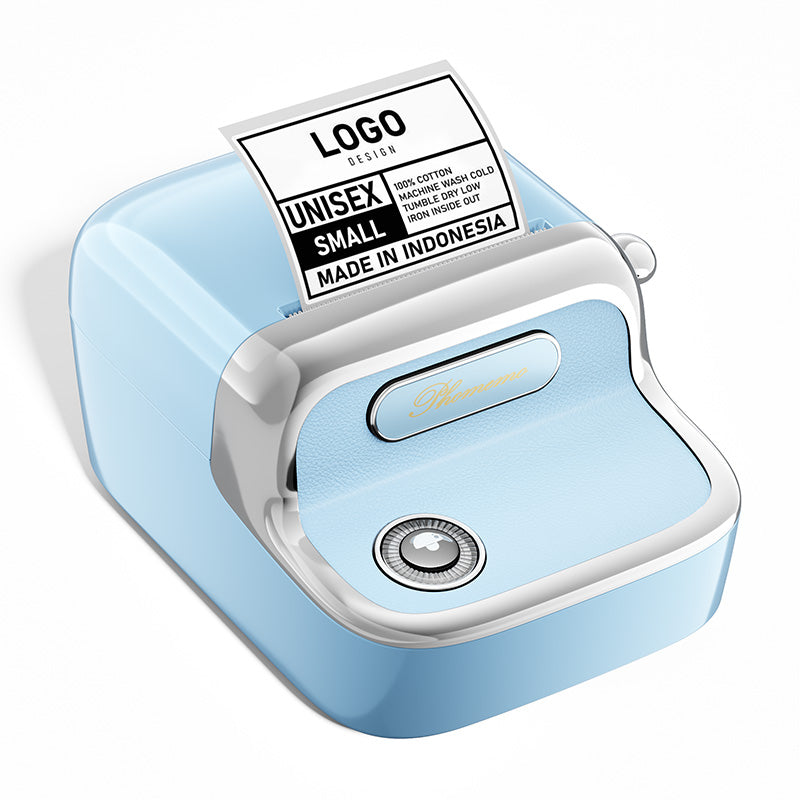 Phomemo M150 Bluetooth Portable Thermal Business Label Maker
Phomemo M150 Bluetooth Portable Thermal Business Label Maker
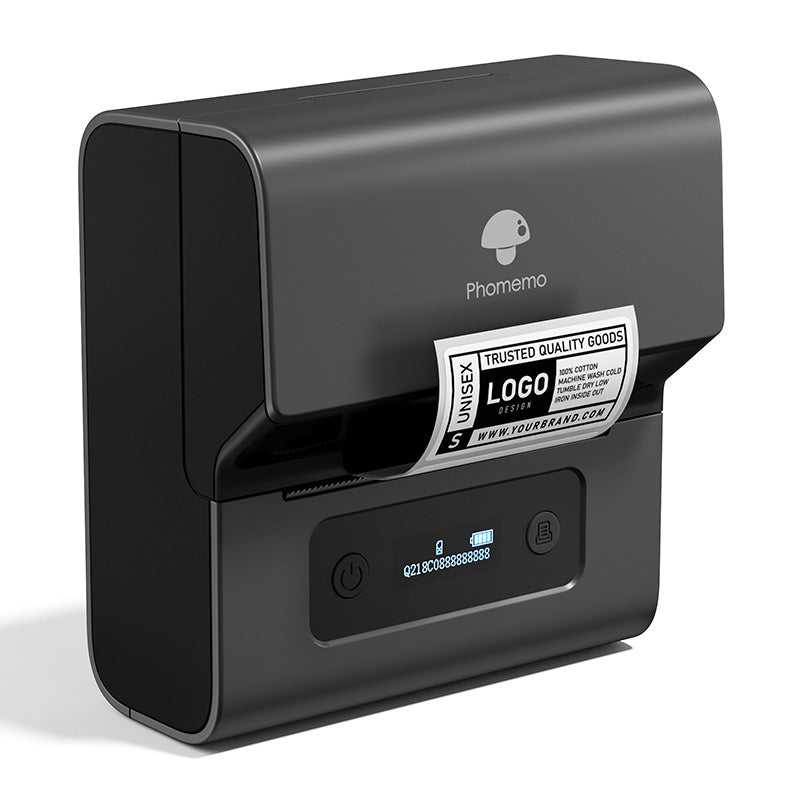 Phomemo M221 Bluetooth Portable Thermal Business Label Maker
Phomemo M221 Bluetooth Portable Thermal Business Label Maker
 Phomemo M200 Bluetooth Portable Thermal Business Label Maker
Phomemo M200 Bluetooth Portable Thermal Business Label Maker
 Phomemo PM249-BTZ Bluetooth Direct Connect Shipping Label Printer
Phomemo PM249-BTZ Bluetooth Direct Connect Shipping Label Printer
 Phomemo PM-246S High-Speed USB Direct Thermal Shipping Label Printer
Phomemo PM-246S High-Speed USB Direct Thermal Shipping Label Printer
 Phomemo D520-BT Bluetooth Shipping Label Printer
Phomemo D520-BT Bluetooth Shipping Label Printer
 Phomemo PM245-BTZ Bluetooth Direct Connect Shipping Label Printer
Phomemo PM245-BTZ Bluetooth Direct Connect Shipping Label Printer
 Phomemo M08F Letter & A4 Portable Printer
Phomemo M08F Letter & A4 Portable Printer
 Phomemo P831 Bluetooth Portable Thermal Transfer Printer
Phomemo P831 Bluetooth Portable Thermal Transfer Printer
 [Ultra-light] Phomemo Q302 Wireless Portable Thermal Printer
[Ultra-light] Phomemo Q302 Wireless Portable Thermal Printer
 Phomemo M08F Wireless Tattoo Stencil Printer
Phomemo M08F Wireless Tattoo Stencil Printer
 Phomemo TP81 Wireless Tattoo Template Printer
Phomemo TP81 Wireless Tattoo Template Printer
 Phomemo TP83 Wireless Tattoo Stencil Printer
Phomemo TP83 Wireless Tattoo Stencil Printer
 [❗️NEW❗️]Phomemo TP31 Bluetooth Tattoo Stencil Mini Printer
[❗️NEW❗️]Phomemo TP31 Bluetooth Tattoo Stencil Mini Printer
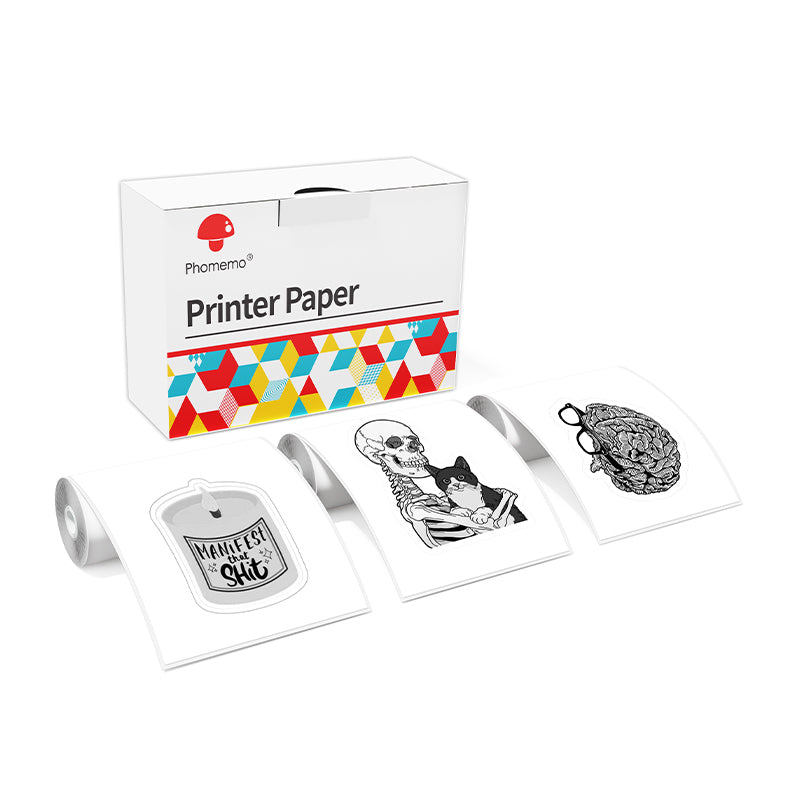 For T02/M02X
For T02/M02X
 For M02
For M02
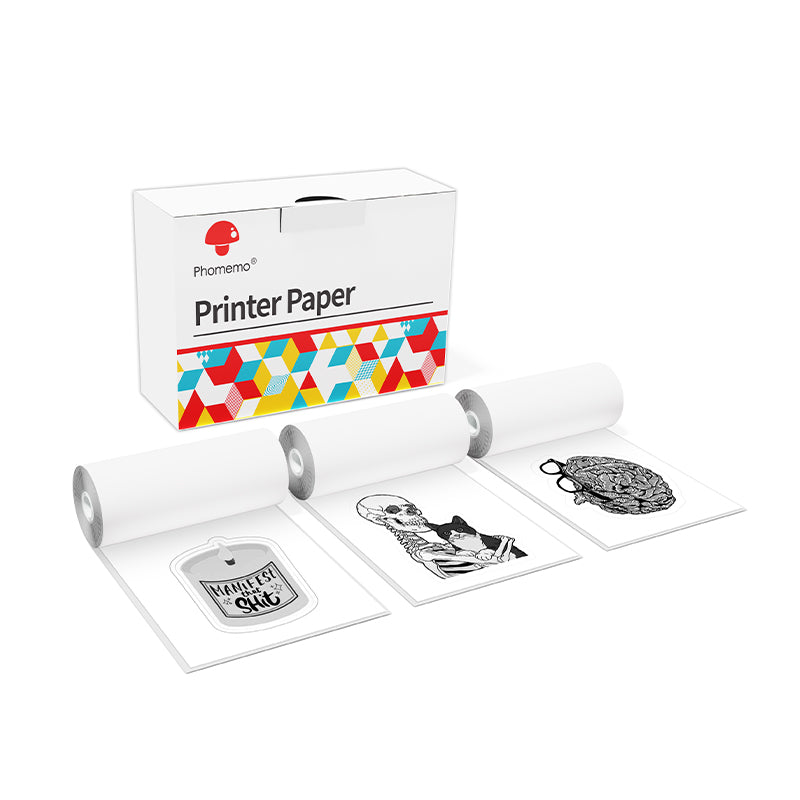 For M02S
For M02S
 For M02 Pro
For M02 Pro
 For M03
For M03
 For M03AS
For M03AS
 For M04S
For M04S
 For M04AS
For M04AS
 For D30/D35/Q30/Q30S
For D30/D35/Q30/Q30S
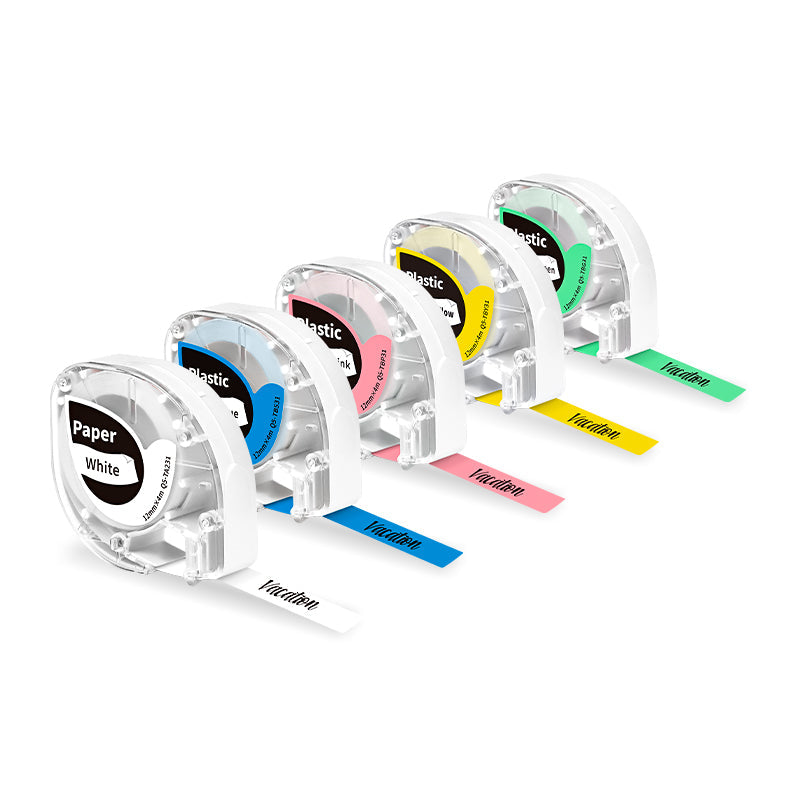 For P12/P12 PRO
For P12/P12 PRO
 For D50
For D50
 For P3200
For P3200
 For M960/M950
For M960/M950
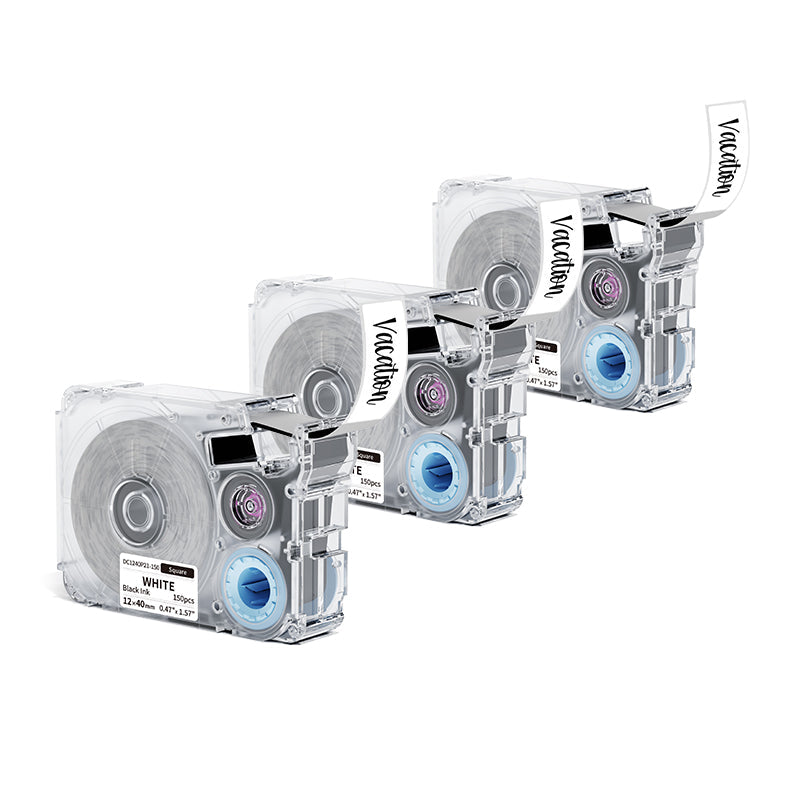 For P15
For P15
 For M110/M120
For M110/M120
 For M200/M220/M221
For M200/M220/M221
 Phomemo 4"x6" Fan-Fold Thermal Direct Labels for Shipping Label Printer
Phomemo 4"x6" Fan-Fold Thermal Direct Labels for Shipping Label Printer
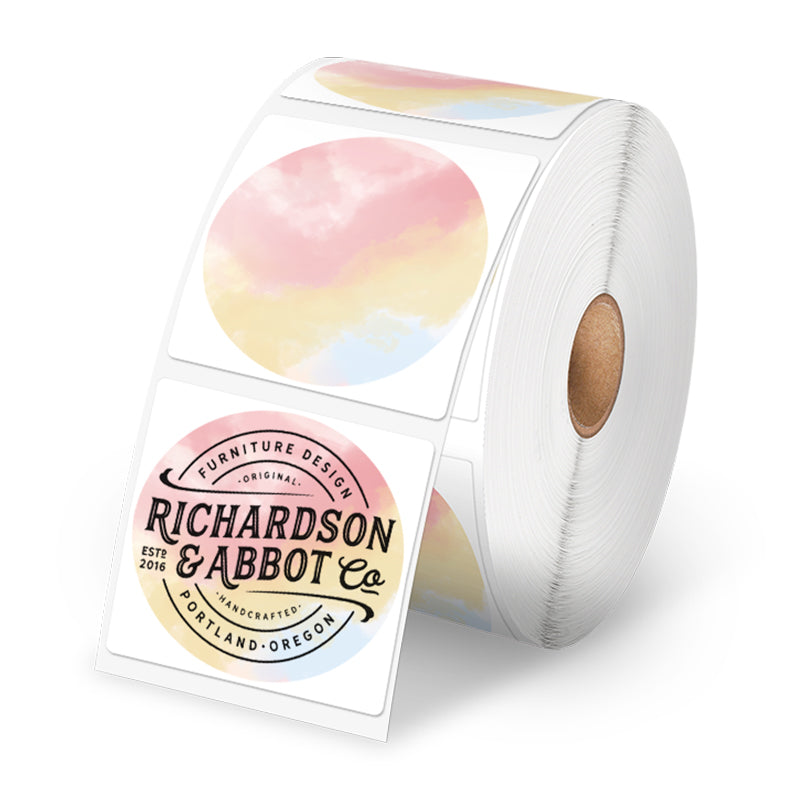 Phomemo Thermal Shipping Labels – Multiple Sizes & Types for Shipping Label Printer
Phomemo Thermal Shipping Labels – Multiple Sizes & Types for Shipping Label Printer
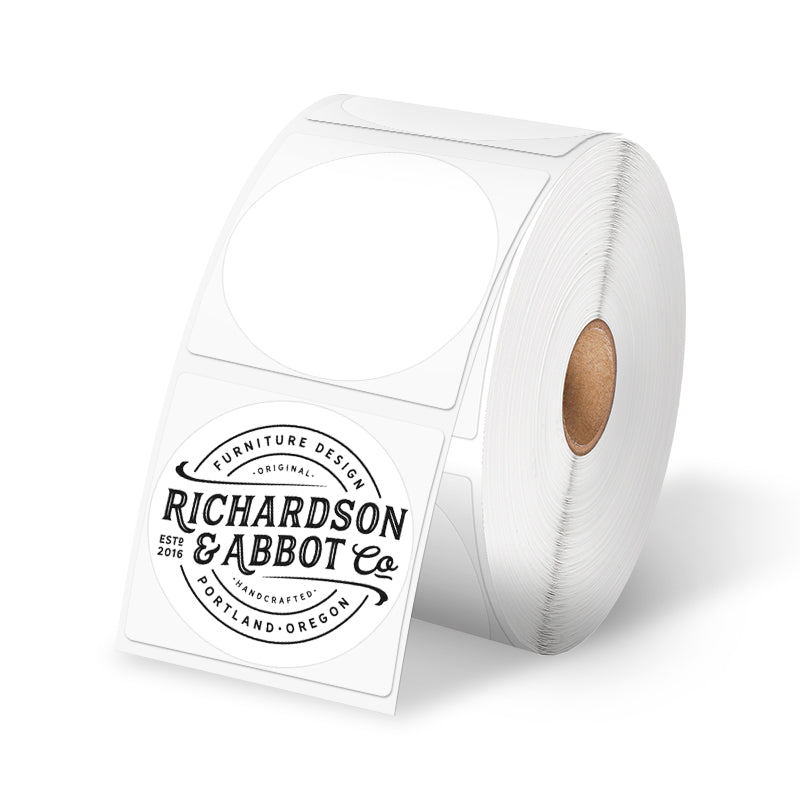 Phomemo 2" Multiple Thermal Round Label for Shipping Label Printer
Phomemo 2" Multiple Thermal Round Label for Shipping Label Printer
 Phomemo 2" Silver Thermal Holographic Sticker for Shipping Label Printer
Phomemo 2" Silver Thermal Holographic Sticker for Shipping Label Printer
 Phomemo 3"x2"Shipping Label Stickers for Shipping Label Printer
Phomemo 3"x2"Shipping Label Stickers for Shipping Label Printer
 For M08F/Q302
For M08F/Q302
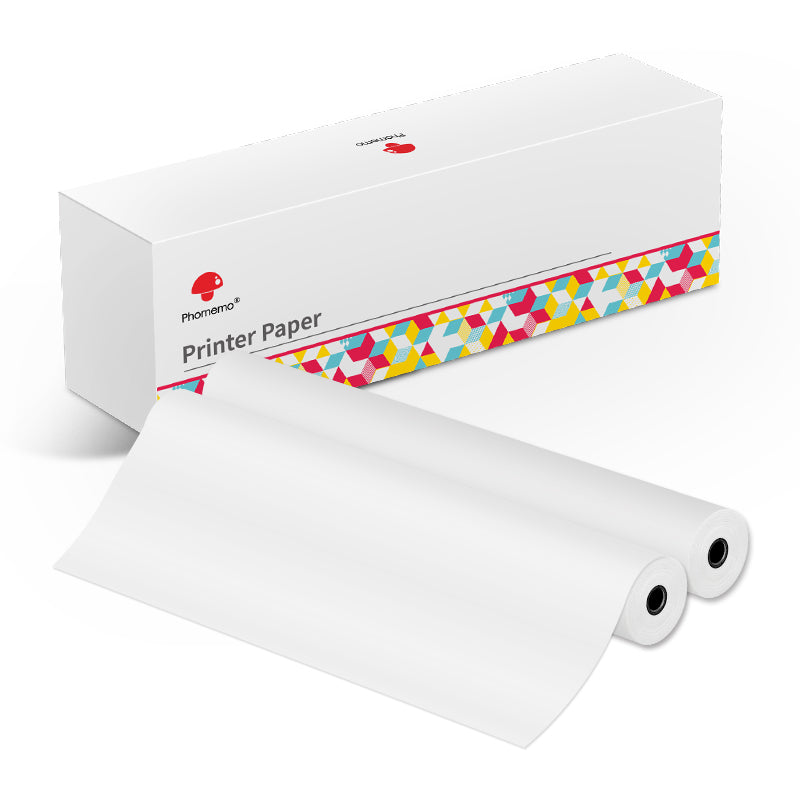 For M832
For M832
 For P831
For P831
 For TP81/TP83/M08F Tattoo
For TP81/TP83/M08F Tattoo
 For TP31 Tattoo
For TP31 Tattoo
 For P02
For P02












